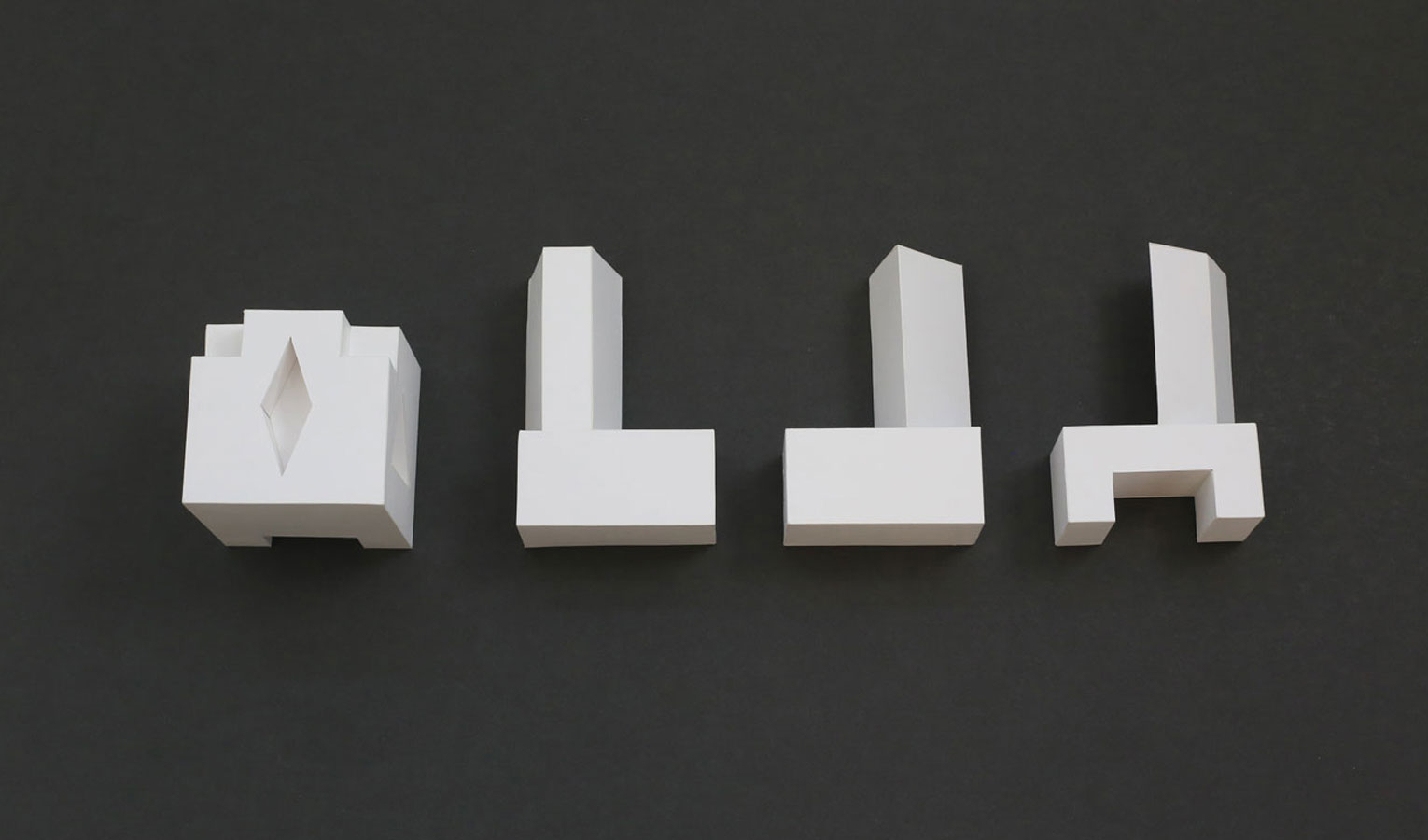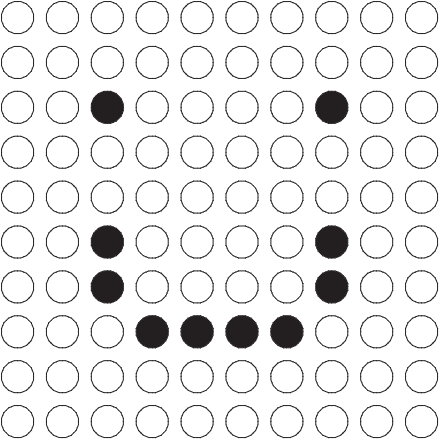Paper Thingy
Building blocks made of paper

Anezka Cecile Sebek
Kan Yang Li
Writing and ResearchBarbara B. Morris
Louisa Campbell
Paper Thingy proposes a system for folding complex objects out of 2D paper templates. The templates come in sets of interlocking forms that can be combined to create multi-dimensional structures.
Building blocks remain an excellent early learning tool, allowing children to develop spatial relation skills as well as learning to collaborate, communication, and create. How can the concept of blocks be updated for more sophisticated play?
Paper Thingy proposes a system of “”Dynamic Modularity””, a term originally used to describe certain processes of protein interaction networks. Here I use the term to define a design system where individual elements do not have to sacrifice their identities and uniqueness while being able to have strong connections with others.
Target audience of Paper Thingy is creative people of all ages, especially paper craft hobbyists and creative professionals. The products or sets of templates will potentially sold online and in design stores.
Instructions and modifications of the geometries have been made to provide people for creating better results. Computational craft materials are also an option for the system to work.

Xiaofeng Lin
Xiaofeng Lin is an interaction designer, information architect, and toy maker. He has a BFA in visual communication design from the School of the Art Institute of Chicago and an MFA at Parsons the New School for Design, Design and Technology program. He embraces all forms of art and design and try to re-construct them in various ways. He strongly believes in function, concept, and social meaning.
